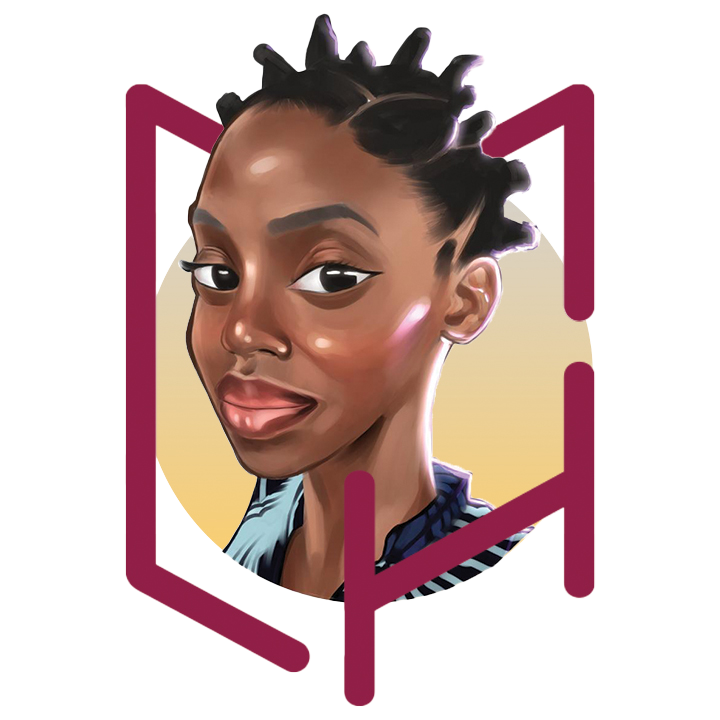As a Visual Arts and English teacher for over a decade, I was challenged to fully observe the learning of at least 60% of all the students I encounter on a yearly basis. Granted teaching Visual arts or English is actually rocket science, so by no measure is teaching as easy as the general public pretends it is. Teaching language skills frustrated me. Teaching made me say prayers out loud and praise for small accomplishments. In a classroom the learning styles differ. One child may be a visual learner, while another may prefer a text based approach etc. The teacher is expected to assess each classroom and employ a variety of teaching techniques during each session that allows for the different learners to engage the materials according to how she learns best. This idea is ideal in theory, but like most students it gets left behind in real time because of lack of time to teach, lack of resources and overpopulated classrooms.
So in doing my daily SWOT analysis something was missing. There was this BIG gap in most students’ learning but I couldn’t identify it. I could not name it, touch or work against it because it was a shapeless, odorless hindrance.
Hence, I became curious and what I discovered was that a lot of our children in the Caribbean, especially brown, and poor children are multilingual. Their first language whether or not English, is creole that is often bastardized by the society it represents in formal spaces. Then there is a standard version of a high status that we present pretending it is not as foreign as French is to the English born language learner.
As a teacher of English I am often frustrated by the complexity of the standard English and having completed my 10, 000 hours of skill training I still have not mastered all elements of the Standard Kittitian English. But I am teaching.
I went back to the University of the West Indies to ask the interesting question of what is this thing that prevents critical thinking, learning and productive contribution to self and society. After a few months in the classroom what I know for sure is that a high number of our children are not literate. Even though the numbers supporting literacy claims are high, the classroom experience say otherwise. Nevertheless literac is a key component of the UN’s Global Goals, which aim to end extreme poverty by 2030. The skill is an influential tool in helping people to escape poverty and build healthy and sustainable societies. Literacy is also a driver for sustainable development in that it enables greater participation in the labour market; improves child and family health and nutrition; reduces poverty and expands life opportunities. However, at least 773 million youth and adults still cannot read and write, and 250 million children are failing to acquire basic literacy skills. This results in an exclusion of low-literate and low-skilled youth and adults from full participation in their communities and societies.


